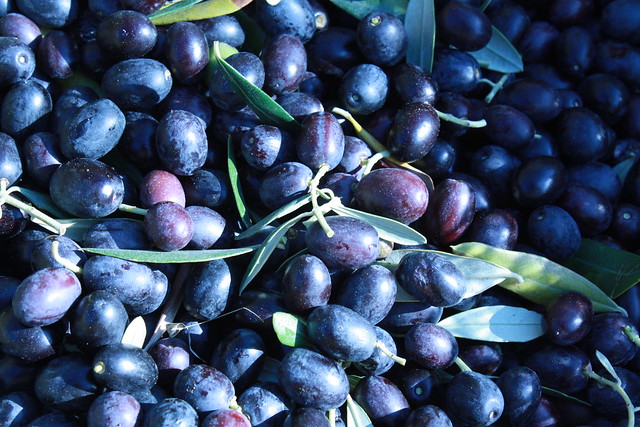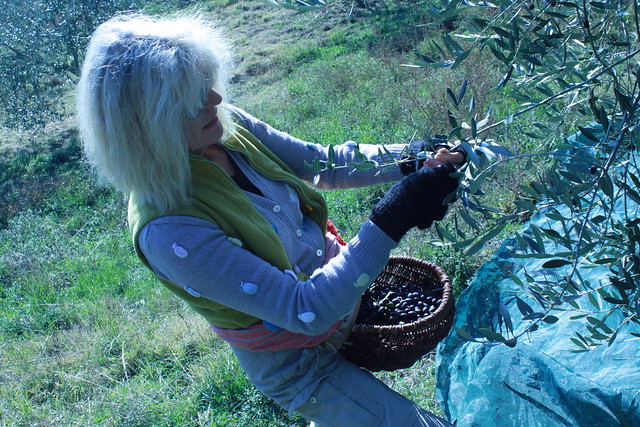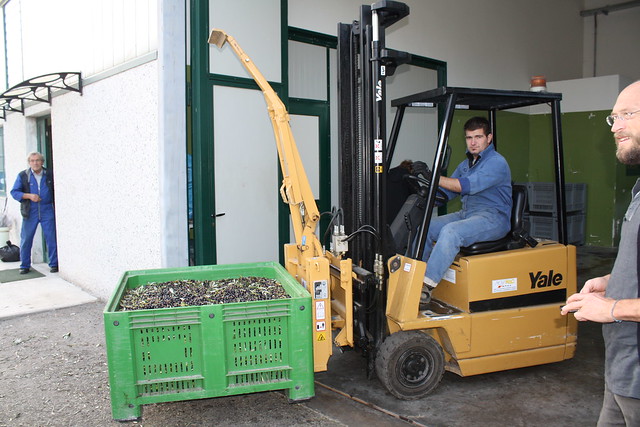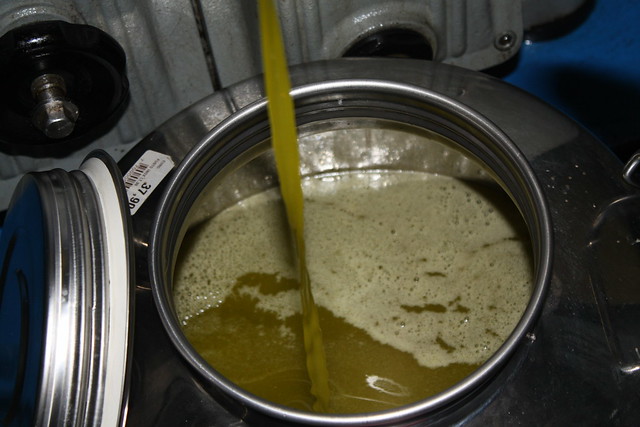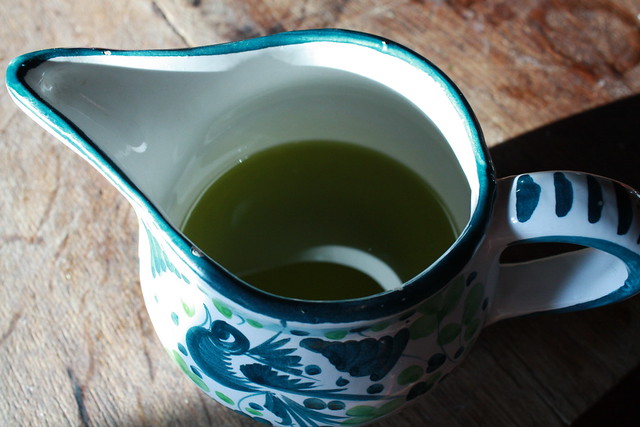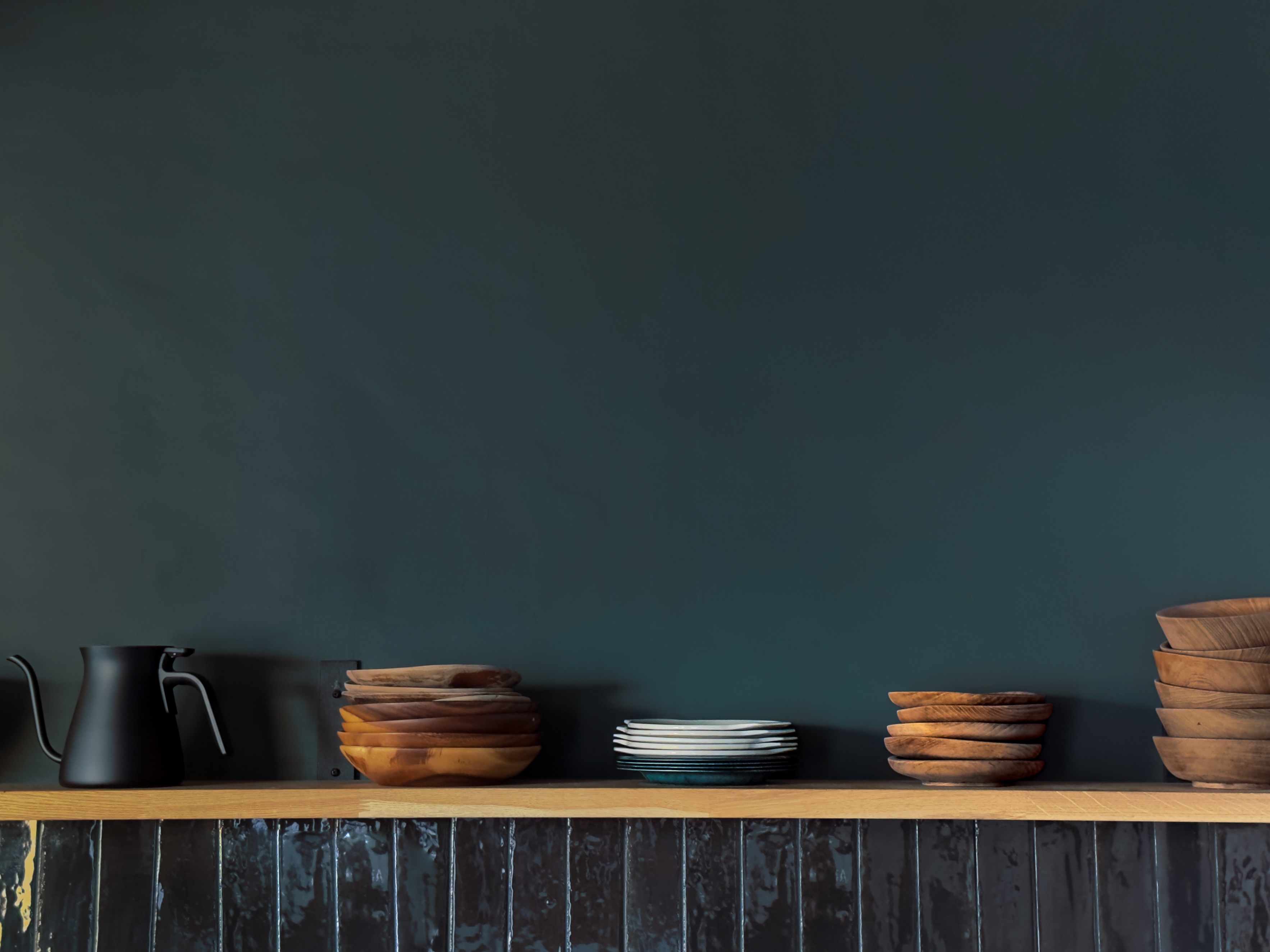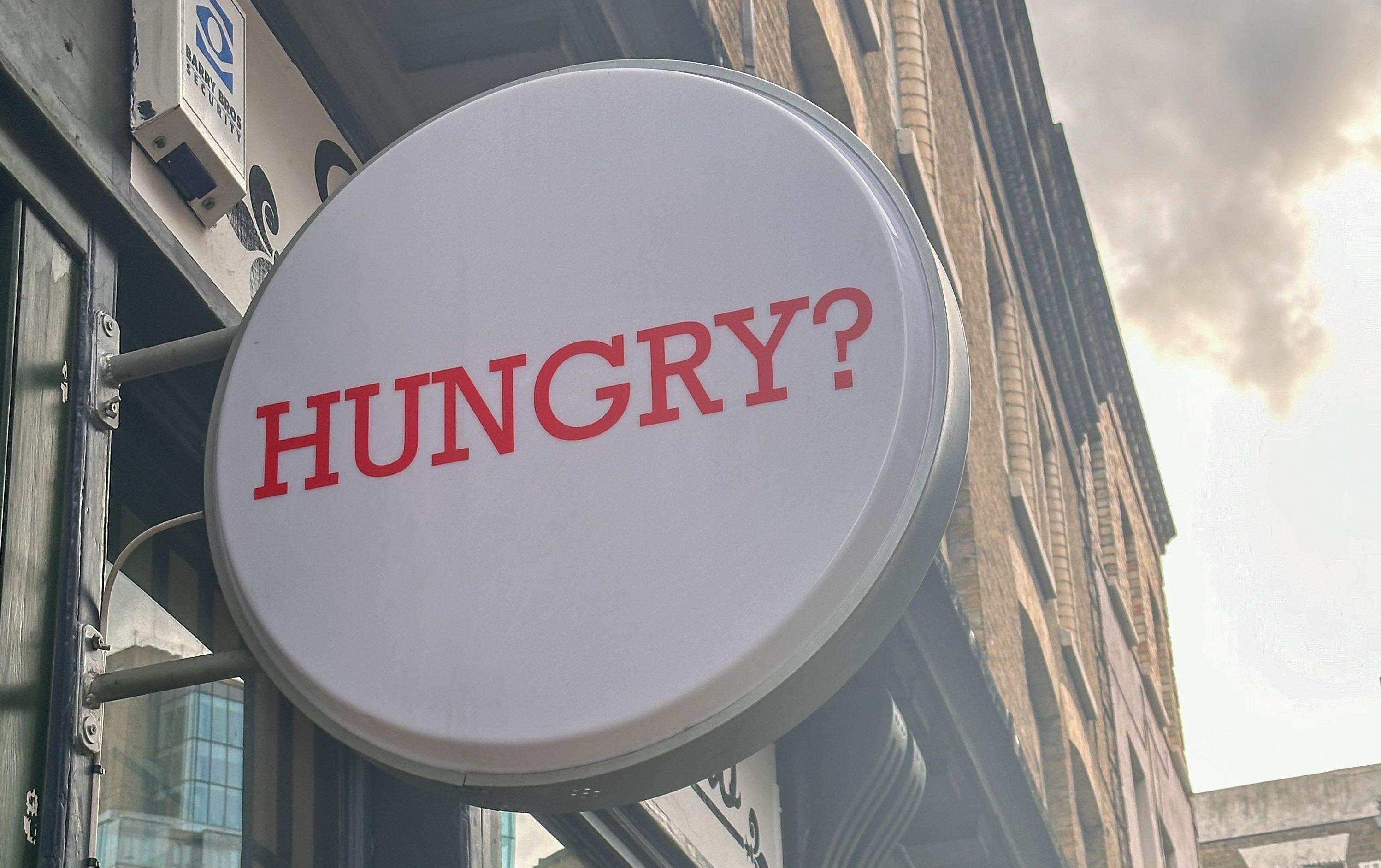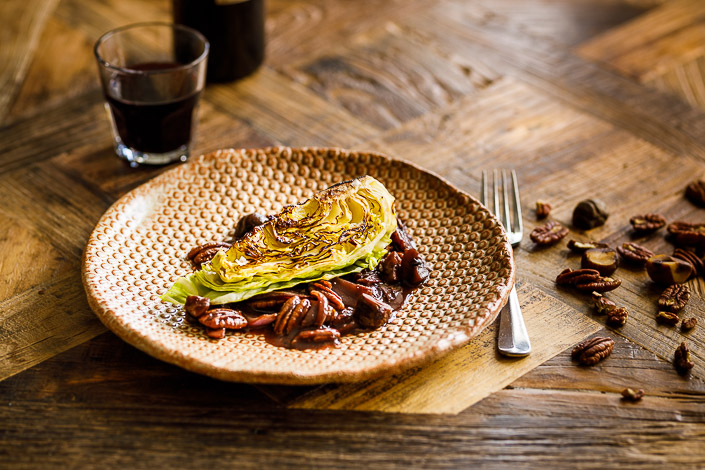Fresh Olive Oil
I’ve just had a wonderful experience picking olives to press for olive oil in Tuscany, high up in the hills north of Arezzo, cold frosty misty mornings moving into warm sunshine and then to clear starry nights.
In one day 7 of us picked 250kilos of small black mountain olives, first we laid out a big net on the ground under the olive tree, rolled up the edges so that none of the olives rolled out, then with big combs the size of two hands we combed the feathery branches and the olives fell into the net. In a well-tended olive grove, the trees are no more than head height, with all the olives on the outside and so easy to harvest - these trees were more irregular so we had to climb up into them to get the olives down. For the fiddly trees we used cane baskets strapped our fronts and picked the olives into the basket with our fingers.
Once the olives were picked, we carefully gathered up the net, easing the olives into a corner and then gently poured them into big plastic boxes, each holding approx 25 kilos, being very careful not to drop any into the grass.
We did this for tree after tree, until dusk fell, trying to get as few leaves and twigs into the boxes as possible. Some trees had more green than black olives, but that didn’t matter, they would all be turned into oil. The olives must be pressed within 24 hours, as they begin to oxidize from the moment they are picked.
Pressing olives into oil
We piled 11 boxes of olives into two cars and drove to the local olive press. An ultra clean modern press, using a steel press rather than traditional millstones.
We emptied our olives into a huge box that was then put onto a forklift and taken to be weighed (250kilos) - last year they had got nearly 400kilos, everyone was saying the harvest was down due to a dry summer.
The olives then went up a mini escalator and into a water bath, where the leaves and twigs floated to the top, then up again into the press to be crushed, stones and flesh, then into a mixer. At this stage it looked like brown porridge, then into a centrifuge, where the oil and water are separated, then the oil is filtered and pours in a steady green stream into large 20 litre stainless steel flagons, as the oil poured in, we tasted it, thick, unctuous with a strong peppery flavour, so strong that it hit the back of your throat and made you take a gulp.
We weighed our oil which came to 39litres 14.5% of olives to oil and the whole process had taken less than 2 hours. It felt rather like we had taken a vast amount of hand picked beautiful olives and came out with rather small stainless steel flagons!
At the back of the press was a vast pile of the olive residue pomace (with the oil pressed out) which looked and felt like garden hummus. This would sold on to be pressed again for lesser quality olive oil.
As an olive oil novice, I found it very exciting to be able to see the whole process and within two hours to be able to drink the new oil, the freshest and peppery oil that I have ever tasted.
Unlike wine, the fresher the olive oil is the better, and olive oil is supposed to only last until the next vintage. We did taste and compare the 2010 with our new 2011, and the older one had lost the peppery sharpness and was more subdued and rounded, still jolly good in my mind.
So if you have some special single estate olive oil, unlike wine don’t hoard it thinking it will improve, but use it within the year, keep it in a tin or in a dark bottle as light damages the oil, as does heat, so store in a cool dark place. Use your special oil for drizzling – it’s great over sourdough or focaccia bread with a rub of garlic, in salad dressings, poured into soups or stews at the table.
For cooking, don’t cook with your best olive oil as heat will destroy the flavour and the goodness. Instead, use a lesser quality extra virgin olive oil for cooking, I always buy extra virgin as it guarantees that the oil has been pressed without the use of chemicals.
Picking the olives was hunger-making work and we were rewarded with a Tuscan bean soup with fresh olive oil on the table to spoon into the soup. It was delicious, served with Tuscan bread (traditionally made with no salt) and, of course, a drizzle of fresh olive oil.
Olive Picking & Pressing, a set on Flickr.

